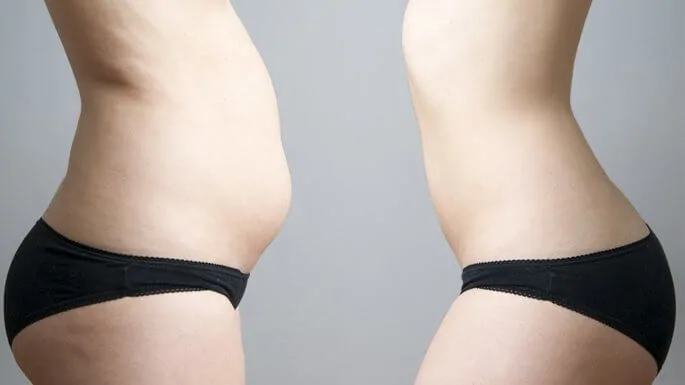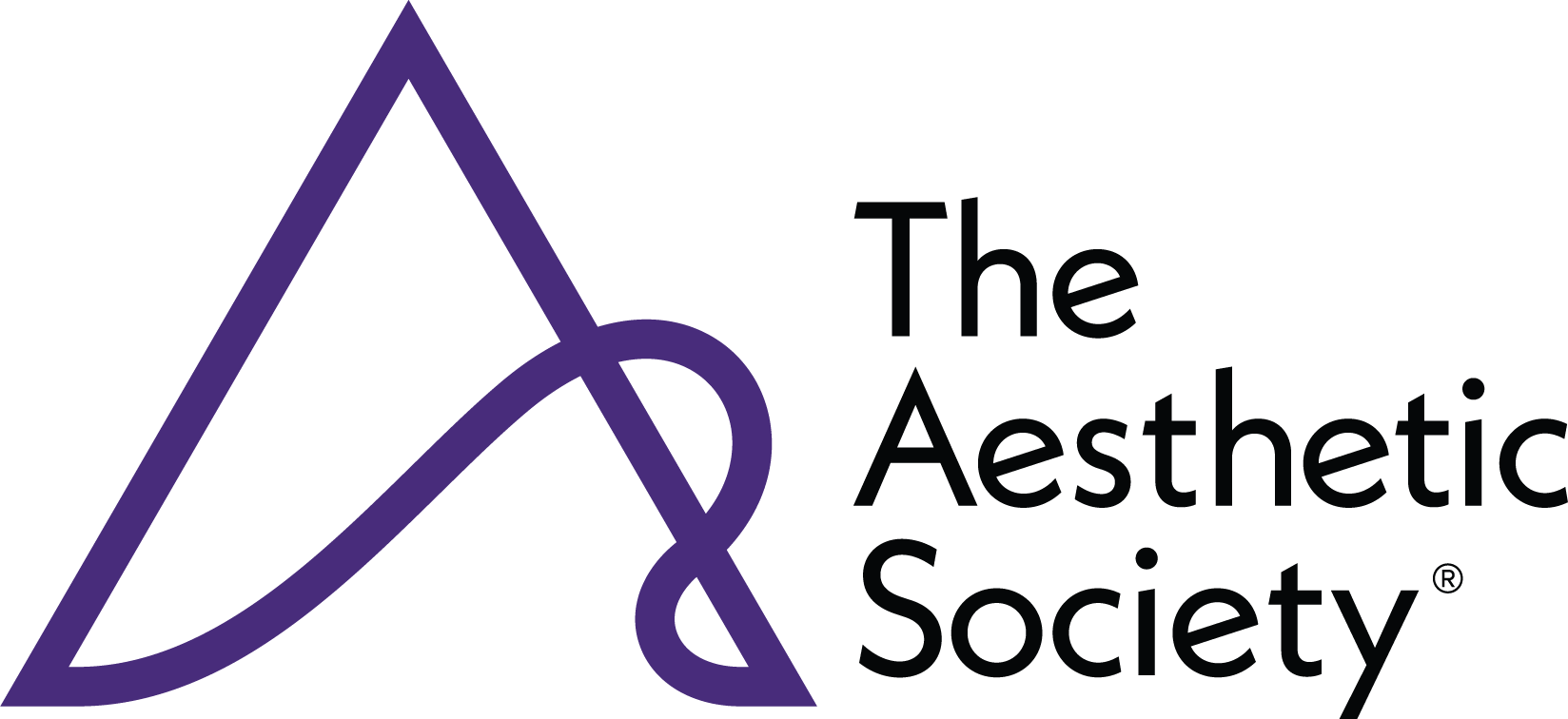There are some situations in which stubborn abdominal bulges stick around despite efforts to lose weight or tone muscles. Factors like pregnancy can cause loose skin and weakened abdominal muscles that cannot be corrected through these methods. In these cases, a tummy tuck can be the right choice.
At Tarola Plastic Surgery in Murfreesboro, TN, Dr. Nicholas Tarola helps patients with their tummy bulges through abdominoplasty surgery. A tummy tuck not only targets visible concerns but also strengthens and repairs underlying muscles. This solution is ideal for individuals seeking comprehensive improvements.
What Is a Tummy Tuck?
A tummy tuck, also known as abdominoplasty, is a surgical procedure that reshapes the abdominal area. It involves creating an incision near the lower abdomen, allowing the surgeon to address underlying muscles and remove unwanted tissue. It can restore the entire abdominal area or the lower half, depending on the type of surgery.
Common Causes of Abdominal Sagging or Protrusion
- Aging: As the body ages, the skin naturally loses elasticity and muscles may weaken. These changes can result in sagging or a protruding appearance in the abdominal area even in individuals who maintain a healthy lifestyle.
- Pregnancy: The abdominal muscles and skin stretch during pregnancy to accommodate the growing baby. After childbirth, the muscles may not fully return to their original position and excess skin can remain.
- Weight Fluctuations: Significant weight gain or loss can stretch the skin and alter the structure of the abdominal muscles. Even after achieving a stable weight, loose skin and weakened muscles can stick around.
- Previous Surgeries: Certain abdominal surgeries such as cesarean sections or hernia repairs can impact the structure of the abdominal wall. Scarring or changes in muscle integrity from these procedures may contribute to sagging or unevenness.
- Genetics: Family traits often play a role in how the body stores fat and the skin’s ability to maintain its elasticity. Some individuals are more prone to abdominal sagging or protrusion regardless of their lifestyle habits.
What Can a Tummy Tuck Treat?
Sagging or Excess Skin
A tummy tuck can address sagging skin by physically removing the excess. This process involves excising loose, stretched skin and smoothing the remaining tissue over the abdominal area for a firmer, more refined appearance. The procedure is especially effective for cases where the skin’s natural elasticity is diminished, leaving no other option for achieving a flatter look.
Excess Fat
A tummy tuck can help reduce localized pockets of fat in the abdominal area. During surgery, the removal of excess tissue often includes fat deposits that contribute to bulging. For patients seeking more comprehensive fat reduction, liposuction is sometimes combined with a tummy tuck to further enhance results.
Weak Abdominal Wall
A weakened or separated abdominal wall, called diastasis recti, can allow the contents of the abdomen to bulge. By suturing the muscles back together, we can restore strength and support to the abdomen. This not only improves the stomach’s appearance but also enhances core stability and physical function.
Types of Tummy Tuck
Traditional Tummy Tuck
A traditional tummy tuck addresses the entire abdominal area, both above and below the belly button. It involves making a large incision across the lower abdomen, typically from hip to hip, to allow for the removal of excess skin and fat. The abdominal muscles are also repaired and tightened along this entire area and the belly button is repositioned to match the new contour. This option is ideal for patients with significant sagging, muscle separation, or fat accumulation across the abdomen.
Mini Tummy Tuck
A mini tummy tuck focuses on the lower abdomen, addressing concerns beneath the belly button. This procedure involves a smaller incision and is less extensive than the traditional approach. While it does not typically involve muscle repair above the belly button, it can effectively remove minor excess skin and fat in the lower stomach area. The mini tummy tuck is a good option for patients with mild sagging or a small bulge below the waistline.
Details of the Tummy Tuck Process
Anesthesia and Incision
During an abdominoplasty, anesthesia is used to ensure your comfort throughout the procedure. For surgery this extensive, the best option is usually general anesthesia by a board-certified anesthesiologist, meaning you’ll be fully asleep while the surgery is performed. We will review your medical history beforehand to determine the safest and most effective option for you. Once you are asleep, an incision is made across the lower abdomen according to the type of surgery you are having. The length and placement are planned carefully to minimize visibility and allow for a natural-looking result.
Muscle Repair and Suturing
Once the incision is made, we assess and repair the abdominal muscles. If the muscles have separated, they are sutured back together and tightened into a firm and flat position. This step strengthens the core and provides a more supportive foundation. It can also help repair mild hernias, depending on the type and extent.
Possible Liposuction
In some cases, liposuction may be included to address stubborn fat deposits that affect the contour of the abdomen. During liposuction, the excess fat is suctioned out using a cannula. Liposuction can be performed on the abdomen, waist, hips, and more to even out proportions and smooth transitions.
Removal of Excess Skin
Loose and stretched skin is carefully removed to eliminate sagging. To achieve this, the skin is positioned naturally over the newly tightened and flattened abdominal wall, and the remaining tissue at the bottom is eliminated. We take care to leave enough for closing the incisions and allowing for a natural-looking contour.
Restoring the Belly Button
During a traditional abdominoplasty, the skin is pulled downward to create a tighter contour. As a result, we will need to make a new opening for the belly button. The belly button is repositioned and secured to match the flatter stomach. This can improve the shape and appearance of the belly button and make it smaller and tighter.
Closing the Incisions
Finally, the incisions are closed with sutures, skin adhesives, or clips, depending on the specifics of your procedure. We place the incisions strategically to minimize scarring and promote optimal healing. A drain may also be inserted to keep the swelling down. Dressings are applied to protect the area, and detailed post-operative care instructions are provided to support your recovery.
Walking You Through Your Tummy Tuck Recovery
Initial Healing
Preparing for your recovery before surgery is an important step. Set up a comfortable area at home with easy access to essentials such as medications, pillows for support, and entertainment to keep you occupied. After your tummy tuck, expect some swelling and discomfort. A compression garment will be provided to reduce swelling and support the healing tissues.
Long-Term Healing
The recovery process unfolds over several weeks. Many patients feel ready to return to work or light activities after 2–4 weeks, but it’s important to follow your surgeon’s recommendations. While you’ll be encouraged to engage in light exercises like walking soon after surgery to promote circulation, strenuous activities should be avoided for at least six weeks. Full healing can take up to a year, as residual swelling gradually subsides and your final results become visible. Regular follow-ups with your surgeon will guide you through each stage of recovery and ensure a smooth transition back to your routine.
FAQs About Tummy Tucks
Who Is a Good Candidate for a Tummy Tuck?
A good candidate for abdominoplasty is someone who does not smoke, maintains a stable body weight, and does not plan on future pregnancies. This procedure is most effective for individuals with loose skin, weakened abdominal muscles, or localized fat that cannot be addressed with diet and exercise. Realistic expectations are essential since a tummy tuck can improve abdominal contour but isn’t a substitute for weight loss.
How Can I Maintain My Tummy Tuck Results?
Maintaining your tummy tuck results requires a commitment to a healthy lifestyle. Developing a regular exercise routine with activities that you enjoy will help you to be more motivated to stay active. A diet full of nutrient-rich foods and lacking in sugars or processed ingredients will help you to keep your weight stable and your energy high. Avoid smoking and consult your surgeon about safe activities during recovery to protect your long-term outcomes.
Can I Combine a Tummy Tuck With Other Procedures?
Abdominoplasty is often combined with other procedures such as liposuction or breast surgery to address multiple areas at once. This is commonly referred to as a “mommy makeover” for patients seeking a comprehensive improvement after pregnancy. Your surgeon will evaluate your goals and health to determine if combining procedures is appropriate.
How Long Does a Tummy Tuck Take?
The duration of a tummy tuck typically ranges from two to five hours, depending on the complexity of the procedure. Factors such as the extent of excess skin, the need for extensive muscle repair, and whether additional treatments like liposuction are included will influence the total time in surgery.
Will I Have Scars After a Tummy Tuck?
A tummy tuck scar is a normal part of the healing process, but it is usually placed low on the abdomen where it can be concealed by underwear or swimwear. The scar’s appearance will fade over time with proper care, and your surgeon may recommend treatments to minimize its visibility.
Can Men Have a Tummy Tuck?
Of course! Men can also benefit from a tummy tuck to address excess skin, fat, or weakened abdominal muscles, often after weight loss. The procedure for men follows the same principles as for women, with techniques adjusted to help patients achieve a natural, flat, masculine contour.
How Much Does a Tummy Tuck Cost?
The price of tummy tuck surgery varies depending on the specifics of the procedure, such as the extent of correction needed and any additional treatments performed. While the abdominoplasty cost can differ by location and surgeon, we provide transparent estimates during your consultation to help you plan your surgery.
Why Choose Tarola Plastic Surgery for Your Tummy Tuck?
Dr. Nicholas Tarola is a Board-Certified Plastic Surgeon with advanced training in cosmetic and reconstructive surgery, including specialized expertise in procedures of the abdomen, breasts, and body. With a foundation of education from Jefferson Medical College and further training at Vanderbilt University Medical Center, Dr. Tarola combines technical precision with a patient-centered approach. At Tarola Plastic Surgery in Murfreesboro, TN, he emphasizes open communication, careful attention to detail, and a commitment to understanding each patient’s unique goals. With every surgery, he provides a professional and supportive surgical experience from consultation to recovery.
Schedule a Consultation and Learn More About Tummy Tuck Surgery
A tummy tuck can address loose skin, weakened muscles, and other concerns that diet and exercise alone cannot resolve, providing a smoother, firmer abdominal contour. At Tarola Plastic Surgery, we focus on delivering precise and effective solutions tailored to your individual needs. If you’re considering this procedure, contact us at (615) 624-8914 or online to schedule a consultation. We offer services in Murfreesboro, TN, and the surrounding areas, and we also offer extensive resources for out-of-state patients.



